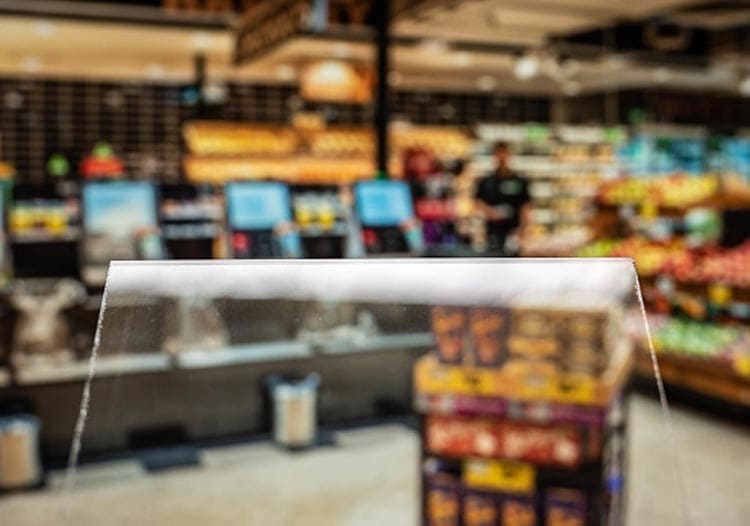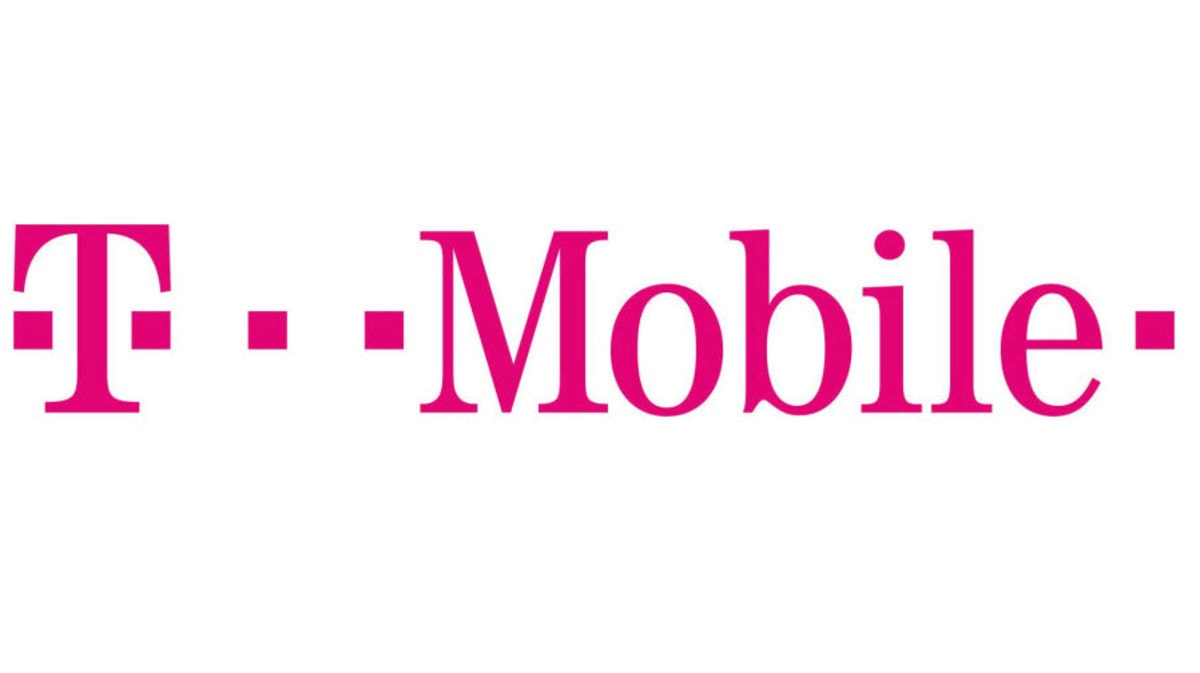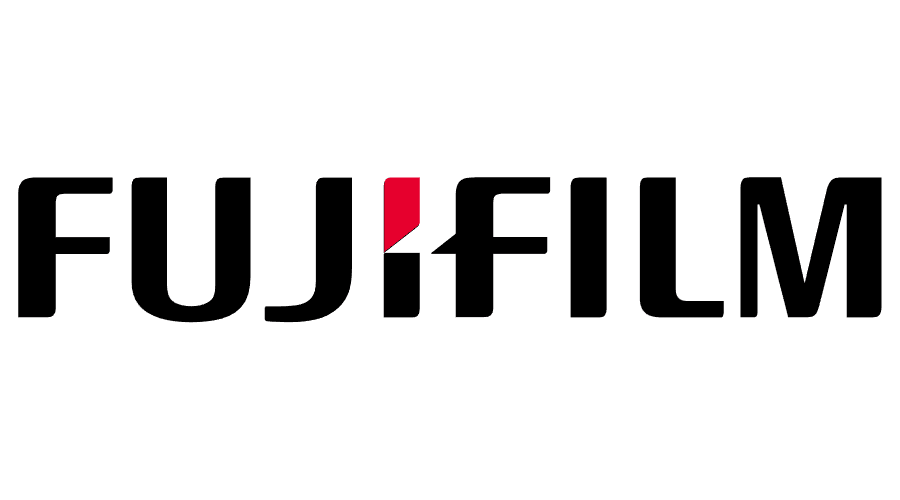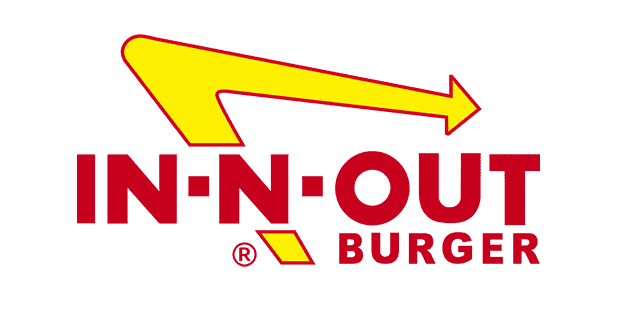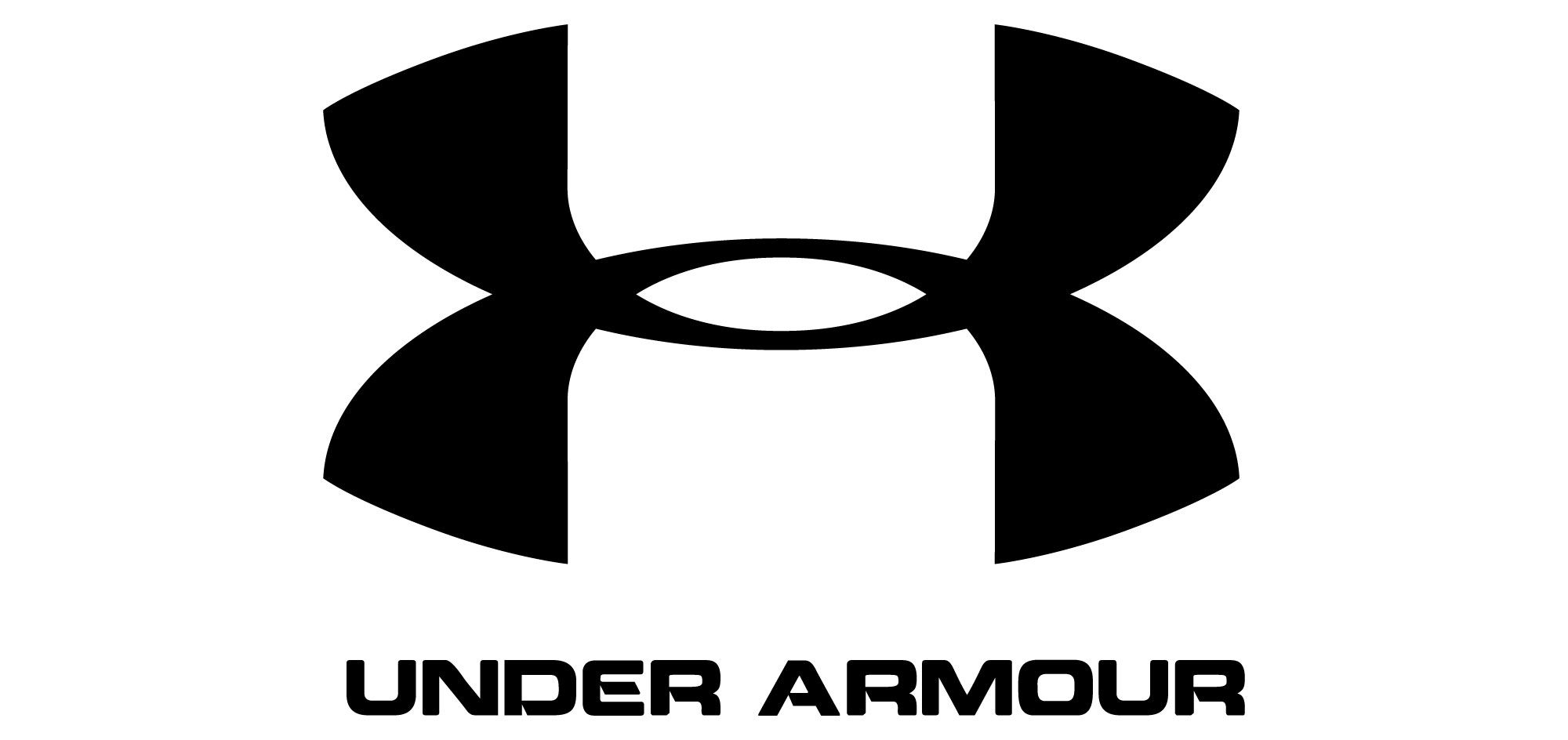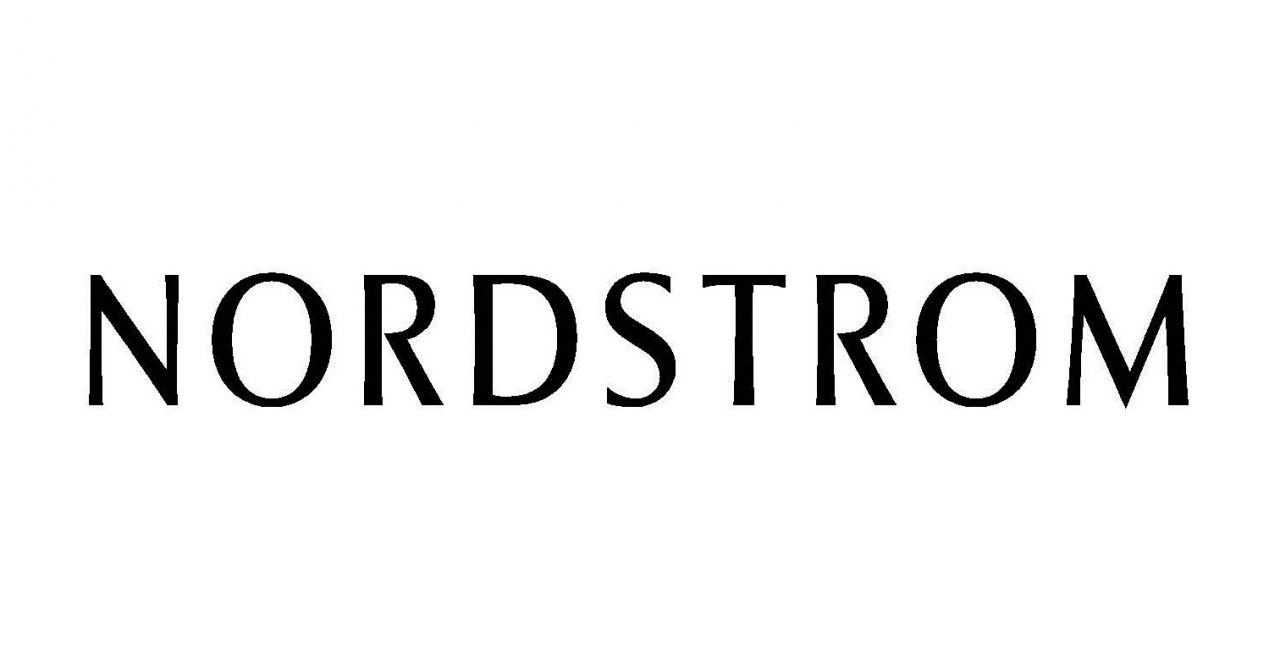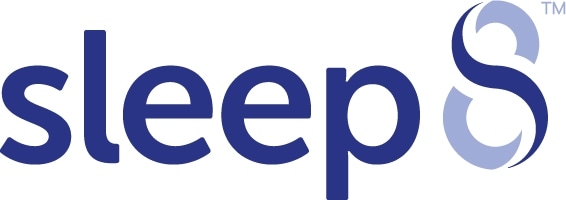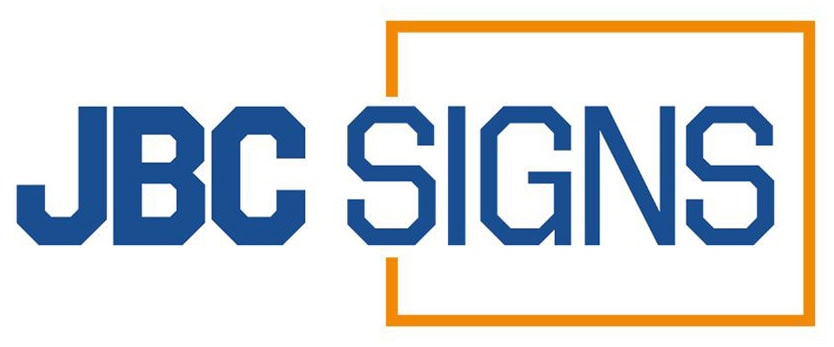Key Takeaways
- Enhanced Protection Against Droplets
Plexiglass barriers block respiratory droplets from sneezing, coughing, or talking. This reduces the risk of airborne virus transmission in shared spaces. They are ideal for offices, retail stores, and restaurants. - Durability and Shatter Resistance
Unlike traditional glass, plexiglass is lightweight, strong, and shatter-resistant. It can withstand frequent use in high-traffic areas without breaking. This makes it a safer option for public spaces. - Cost-Effective and Versatile
Plexiglass is more affordable than glass and can be customized for various settings. It fits well in offices, customer service areas, and reception desks. The material is a budget-friendly and practical solution. - Transparency Maintains Interaction
The clear nature of plexiglass allows for face-to-face communication without obstruction. It keeps workplaces, checkout counters, and service areas professional and welcoming. Safety does not have to compromise customer interaction. - Ease of Cleaning and Maintenance
Plexiglass surfaces are smooth and non-porous, making them easy to clean. Regular disinfecting with mild cleaners ensures hygiene in shared spaces. Proper care extends its lifespan and keeps it looking clear.
As COVID-19 continues its global assault, businesses find themselves faced with the need to implement safety measures like the use of a sneeze guard, in order to protect clients and employees and limit the spread of this devastating virus.
Part of the new health and safety protocol includes social distancing measures and providing personal protective equipment (PPE) such as gloves and face masks.
Another layer of protection involves the use of plexiglass barriers, also known as plexiglass sneeze guards, a distancing and protective device recommended by both the Centers for Disease Control and Prevention (CDC) and the Occupational Safety and Health Administration (OSHA).
What Are Plexiglass Barriers?
Plexiglass is made from acrylic, a petroleum-based plastic material that is also known as an acrylic sheet. Its transparent, lightweight, durable, shatter-resistant qualities make it an ideal material to use as a barrier.
This type of glass-like barrier is also easily cleaned, bonds well with adhesives, and is less expensive than other materials used in creating a sneeze guard such as glass and polycarbonate.
How Does Plexiglass Physical Barriers Protect Against COVID-19?
COVID-19 spreads from person to person via respiratory droplets. When an infected person talks, coughs, sneezes, or even breathes, airborne droplets containing the virus may be inhaled by a person in close proximity.
Receptors for the coronavirus are found in the mucous membrane of a person's eyes, mouth, and nose.
For this reason, the CDC and public health experts recommend maintaining a distance of 6 feet, wearing face shields or masks, and using barriers in some settings in order to reduce the spread of the virus.
Similar to face shields, plexiglass barriers add an additional layer of protection by blocking larger airborne droplets.
What Businesses and Institutions Are Using Plexiglass Barriers?
From schools to grocery stores, almost every business that has reopened during the pandemic has installed plexiglass sneeze guards or other impermeable dividers to reduce the transmission of COVID-19.
The following are just a few of the many industries using these shields to protect the health of both employees and customers:
- Food Processing
- Restaurants
- Hotels and Resorts
- Banks
- Grocery Stores
- Retail Stores
- Medical and Dental Facilities
- Spas and Salons
- Office Settings
- Drycleaners
- Pharmacies
- Nursing Homes
- Schools
- Public Transportation and Vehicles
What Are the Benefits of Plexiglass Shields Against COVID-19?
The Environmental Health & Safety Department (EH&S) reviewed the benefits of using plexiglass barriers. They concluded that in addition to keeping sick people quarantined, using PPE, and implementing social distancing measures, the use of plexiglass barriers helps prevent the spread of the novel coronavirus.
The EH&S came up with nine benefits associated with these types of shields.
Creates a Transparent Barrier
The strength and durability of acrylic plastic create a barrier capable of blocking respiratory droplets.
Reduces the Exposure and Spread of COVID-19
The use of acrylic plastic as a protective COVID-19 shield is consistent with CDC recommendations.
Provides Protection From Surface Contamination
Plexiglass sheets may be used in office spaces to maintain separation and limit exposure by keeping employees out of each other's workspace.
While the CDC believes most transmission of COVID-19 occurs via airborne droplets, some spread occurs by touching an infected surface and then touching the face.
Imparts a Sense of Safety
Seeing visible barriers ensures employees and clients that a company is providing every possible safety measure, and is concerned about their health and wellbeing.
Reminds People to Maintain Their Distance
Walk into just about every open business and you'll find stickers on the floor designed to help customers maintain their distance from each other.
While useful, an acrylic partition is much better at creating physical separation and should be considered where applicable. These physical barriers reinforce distancing measures that can be easy to forget, ignore, or control.
Works in a Variety of Settings
Maintaining a distance of 6 feet from other people is difficult, at best, in some situations. These include public areas, retail settings, restaurants, and companies that require an exchange of funds or merchandise.
The sneeze guard found in grocery stores is a perfect example of plexiglass barriers that limit clients' and employees' exposure at registers.
Cleans Easily
Due to its nonporous nature, plexiglass is easily cleaned and disinfected. After cleaning with mild soap and water, use a diluted ammonium-based solution for disinfecting.
The EH&S recommends either 5%-6% dilute bleach or 3%-5% dilute hydrogen peroxide.
What Type of Plexiglass Barrier Is Best for Your Business?
Companies use several different types of barriers to protect employees, customers, and suppliers. These include desk partitions, hanging barriers, countertop sneeze guards, floor-standing shields, and table dividers.
In order to maximize the benefits achieved through this glass-like material, the acrylic sheets must be the right size and installed properly.
According to EH&S, an efficient barrier needs to block face-to-face transmission pathways and create the required distancing measurement of 6 feet for indirect pathways.
Standing partitions should be at least 6 feet tall, or higher than the tallest standing user. If possible, a countertop sneeze guard should be as wide as the desk or counter it sits on.
Businesses may want to consider an electronic communication device in service areas that provide a direct line of communication between customers and employees.
Plexiglass sneeze guards with slots are installed on point-of-sale countertops in high traffic areas requiring an exchange of merchandise or money between employees and clients.
Another consideration is airflow and if the guards will disrupt the ventilation system. Barriers must also not interfere with exit routes.
Because of the high demand for plexiglass barriers, some businesses may need to prioritize installation, starting with high-risk areas.
People in the highest coronavirus risk category include those with the most contact with the general population. Personnel who experience minimal contact with customers or coworkers fall into the lowest priority level.
Plexiglass barriers play a significant part in the reduction of COVID-19 transmission. Although aerosol transmission is still viable, when combined with proper air ventilation, PPE, and social distancing, businesses and institutions with acrylic guards create the safest environment that the novel coronavirus allows.
Choose the Right Barriers for Your Business
We are committed to helping our clients protect their employees and customers through the coronavirus pandemic and keeping their health a topmost priority.
We offer numerous plastic acrylic shields for all industries and areas of a business.
To find out how affordable plexiglass sneeze guards can be, contact us at Displays and Holders today!
FAQs
- How do plexiglass barriers improve safety?
They act as physical shields that block respiratory droplets. This helps reduce airborne virus spread in busy environments. Plexiglass is an essential safety tool in high-contact areas. - Are plexiglass barriers durable?
Yes, they are impact-resistant and less likely to shatter than glass. This makes them safer for public spaces and long-term use. Their lightweight yet sturdy design adds to their practicality. - Can plexiglass barriers be customized?
Absolutely, they can be cut and shaped to fit different spaces. Custom sizes and styles make them versatile for various industries. Businesses can tailor barriers to their specific needs. - Do plexiglass barriers affect communication?
No, their transparency ensures clear visibility for normal interactions. Unlike other barriers, they do not distort sound or block facial expressions. This makes them ideal for customer-facing settings. - How do you maintain plexiglass barriers?
Use mild soap and water or a non-abrasive cleaner to wipe them down. Avoid harsh chemicals to prevent clouding or scratches. Regular cleaning keeps them hygienic and looking professional.

